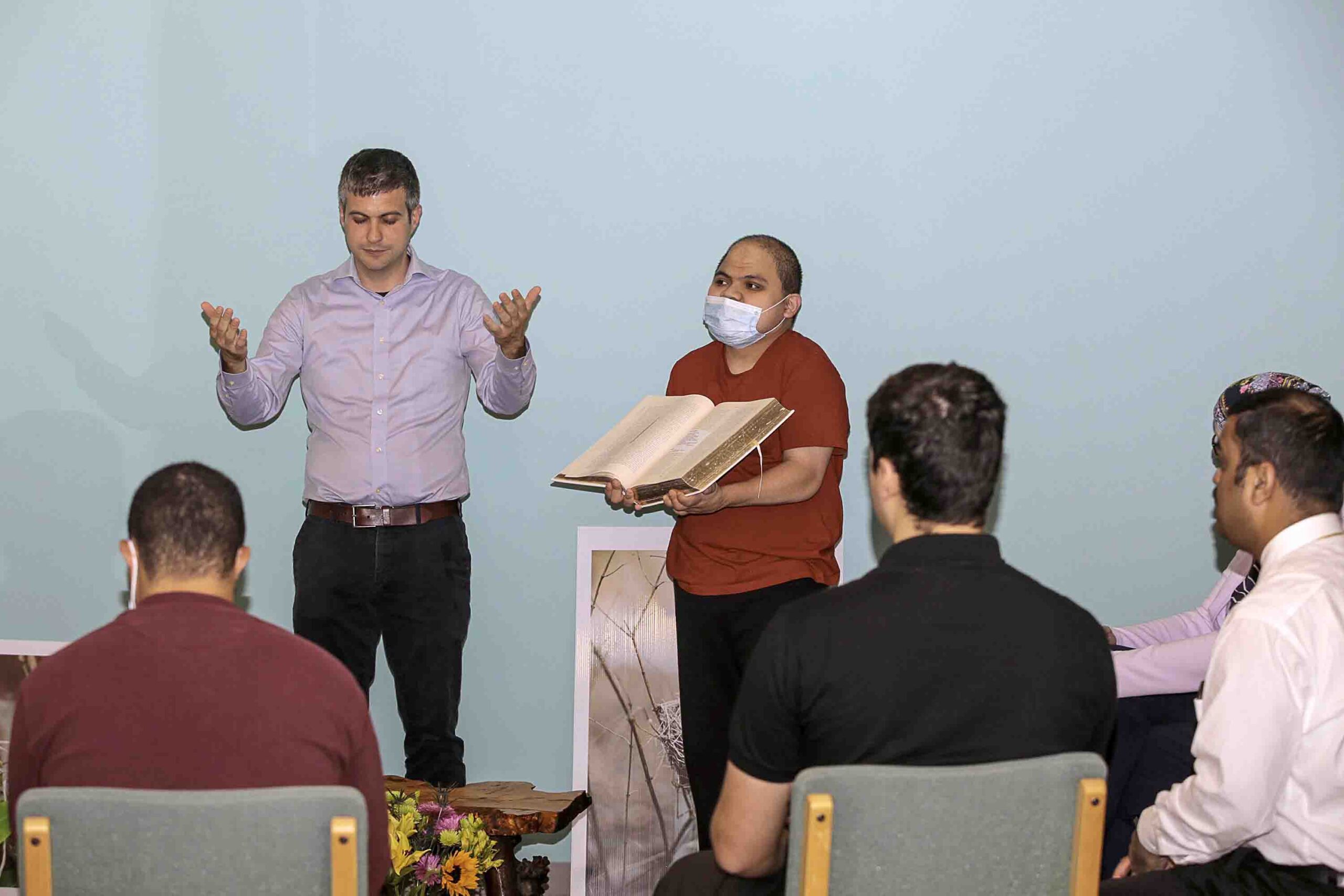The COVID-19 pandemic has been a perplexing experience which will have long lasting effects to humanity. It has impacted in numerous ways the way we live and interact. At its peak, the majority of families were struck by it leaving a trail of suffering and anguish. Loss of beloved ones as well as of material resources has been one of the most dramatic consequences to people affected by the virus.
The pandemic has altered how education is delivered in schools and has had an impact on the education and the education system in the Philippines. During the peak of the pandemic, the government decided to shut down all the schools which resulted in a 360-degree change in ways and styles of the learning process.
To ensure the continuity of learning of Filipino students, Distance Learning Modalities were implemented, namely Modular Distance Learning, Online Distance Learning, TV-Video, or Blended Distance Learning based on DepEd Memorandum, DM-CI-2020-00162.
Though, with this approach, learners were out of the classroom and were focused on e-learning which was challenging for both students and educators. Given the abruptness of the situation, the Department of Education (DepEd) was unprepared for this transition from a traditional way of teaching to a more perplexing experience.
Teachers had to adapt to using the internet as the sole way of making connections during the time of limited action and sought the advantages of learning tasks in a distance learning environment.
How Is Everybody Coping?
Furthermore, one way of catering to the needs of our learners is to prepare a well-planned lesson during classes. However, the big question here is, how is everybody coping? It has been two years since the education system in the Philippines has been like this. During the first quarter of the pandemic, DepEd continued giving education to our learners via online classes.
Apparently, lots of adjustments happened, and it challenged the learners since not all learners have the ability to attend online classes. Several institutions supplied cellphone load allowances to learners from remote areas.
In these two years, teachers’ and administrators’ flexibility and patience have been tested as changes are constant. After several months of having online classes, in September 2021, the DepEd announced that President Duterte approved the pilot implementation of face-to-face classes in some low-risk areas following the criteria presented by the Department of Health and Inter-Agency Task Force.
This was due to the decreasing number of COVID-positive cases. This decision has intensified the adjustments on the part of administrators, teachers, and students.
Using the School Safety Assessment Tool of the DepEd and with the support of different local government units in the form of a resolution, limited face-to-face classes have been implemented.
Given the President’s approval of the recommendation for the progressive expansion of face-to-face classes by DepEd, all regional directors have been authorized to start the progressive expansion phase of face-to-face classes for both public and private schools. (DepEd-DOH Joint Memorandum Circular 001, s. 2021.)
All the schools that participated in the limited face-to-face classes had to seek consent from the parents or guardians of the students and they were not forced to attend the pilot implementation of face-to-face classes.
Hybrid Model
From this joint memorandum, the DepEd made sure of the safety of the students and gave learners access to the traditional way of learning. The pilot project was conducted with a combination of face-to-face classes in school and distance learning modalities for months.
Face-to-face classes were conducted for half a day every other week. Participating schools ensured that class schedules were arranged equitably so that all learners had the opportunity to attend face-to-face classes.
With the help of DOH and DepEd, also with the support of the World Health Organization, UNICEF, and other organizations specializing in children’s health and welfare, guidelines were made on the pilot implementation of face-to-face modality that provided the health and safety standards in terms of personal protective equipment, detection, sanitation, contact tracing, and quarantine.
The guidelines also provided the steps to prepare school personnel, learners, and the community before the school reopening. This preparation was called Ligtas na Balik Eskwela (Safe Return to School) which focused on encouraging the stakeholders to continue Bayanihan (Cooperation) for the success of the implementation and did not compromise the safety of the teachers and learners.
Challenges In The Implementation
The implementation of the limited face-to-face classes and distance learning modalities was not an easy task to perfect. Several complications occurred. Some of the drawbacks were:
1) The teacher had a certain amount of time to finish the subjects;
2) Due to limited time, teachers were having an arduous experience answering each student’s questions concerning the topic;
3) Students were unable to learn practical work during online class;
4) Due to the minimum time of getting feedback, teachers were unable to assess the level of comprehension of the students during online learning;
5) Students were having limited attention span;
6) Some of the students were not attending classes because of poor internet connection.
Unfortunately, despite the best efforts of the Department of Education, we still need the support from the parents and stakeholders so that the students are able to catch up to expected learning targets based on the response or results of this set up. Two years of thriving for the best, embracing challenges, and putting so much effort into the education system, what can we expect in the resumption of face-to-face classes?
Expectations
With the gradual decrease of COVID-19 cases in the Philippines and increase in the number of vaccinated people in the entire country, it is tremendously possible to push for the resumption of face-to-face classes.
The Department of Education is hoping that all public and private schools could return to holding in-person classes in the next academic school year 2022–2023. The DepEd is expecting the face-to-face classes to be fully implemented within a blended setup wherein there are days that students will only be allowed to learn at home and on other days they will actually be present in school.
The reality of different modalities during the peak of the pandemic like virtual learning, distance learning, modular, and limited face-to-face classes, has been a life saver in the realm of education.
Indeed, COVID-19 challenged the learning and teaching process. The question is: After two years, what does the education system look like? What are the expectations?
1) We are expecting that the face-to-face implementation will be fully 100 percent.
2) Face-to face interaction of learners with their teachers is important for the learning process since it would give them more encouragement to study and learn and they could get instant feedback from their teachers and peers.
However, we are expecting that they will feel unmotivated because of being locked down or only being partially back in reality or face-to-face classes. It is going to be different now; therefore we must stipulate counseling for them to get fully prepared for new adjustments.
Learning Recovery Plan
At present, we are in the middle of a limited face-to-face modality. Accordingly, the Department of Education has presented the Learning Recovery Plan (LRP). It is one of the programs intended to guide schools in attending to learning gaps because of the COVID-19 pandemic-related disruptions.
It serves as a guide for school administrators, teachers, parents, and the community in conducting classes despite the health-threatening situation. According to the Education Department, this will also ensure that there are necessary and effective interventions in place so that our learners can catch up and accelerate their learning by extending the school calendar, expanding learning time, and conducting summer remediation and intervention programs.
Through this LRP, the Department of Education will decide where they could base their implementation plans to set the opening of class in the succeeding years, 2022-2023 and so on.
A Brighter Future
As we struggle to get back to normal, we must adapt to the system that will help the learners since they have been and still are deprived of a truly face-to-face way of learning.
We must focus on strategies that will help them adjust to the future. One of the answers to the success of this learning recovery plan or program is by investing in the welfare of the students and teachers.
We must not compromise the safety of our students and teachers while ensuring the quality and efficiency of education for all Filipino students. Better days are coming and with these incredible efforts of the government, the Department of Education, parents, teachers, and stakeholders, we will see a brighter future for our education system. Let us have faith and claim that there will be a silver lining when we all pray together for a better education system in the Philippines.




























